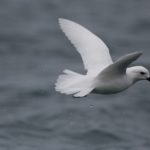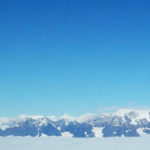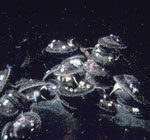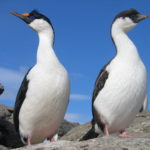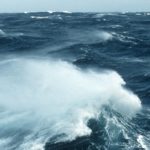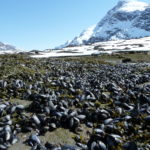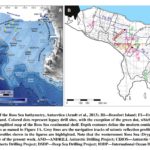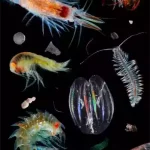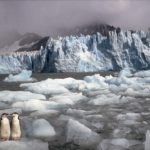Positive selection over the mitochondrial genome and its role in the diversification of gentoo penguins in response to adaptation in isolation
8 March, 2022 by Philip Trathan
Although mitochondrial DNA has been widely used in phylogeography, evidence has emerged that factors such as climate, food availability, and environmental pressures that produce high levels of stress can exert…